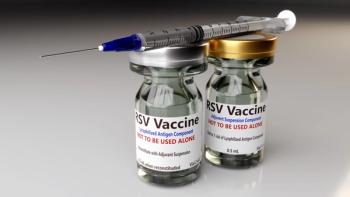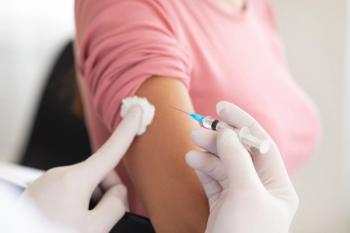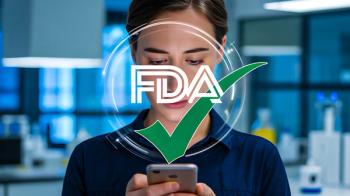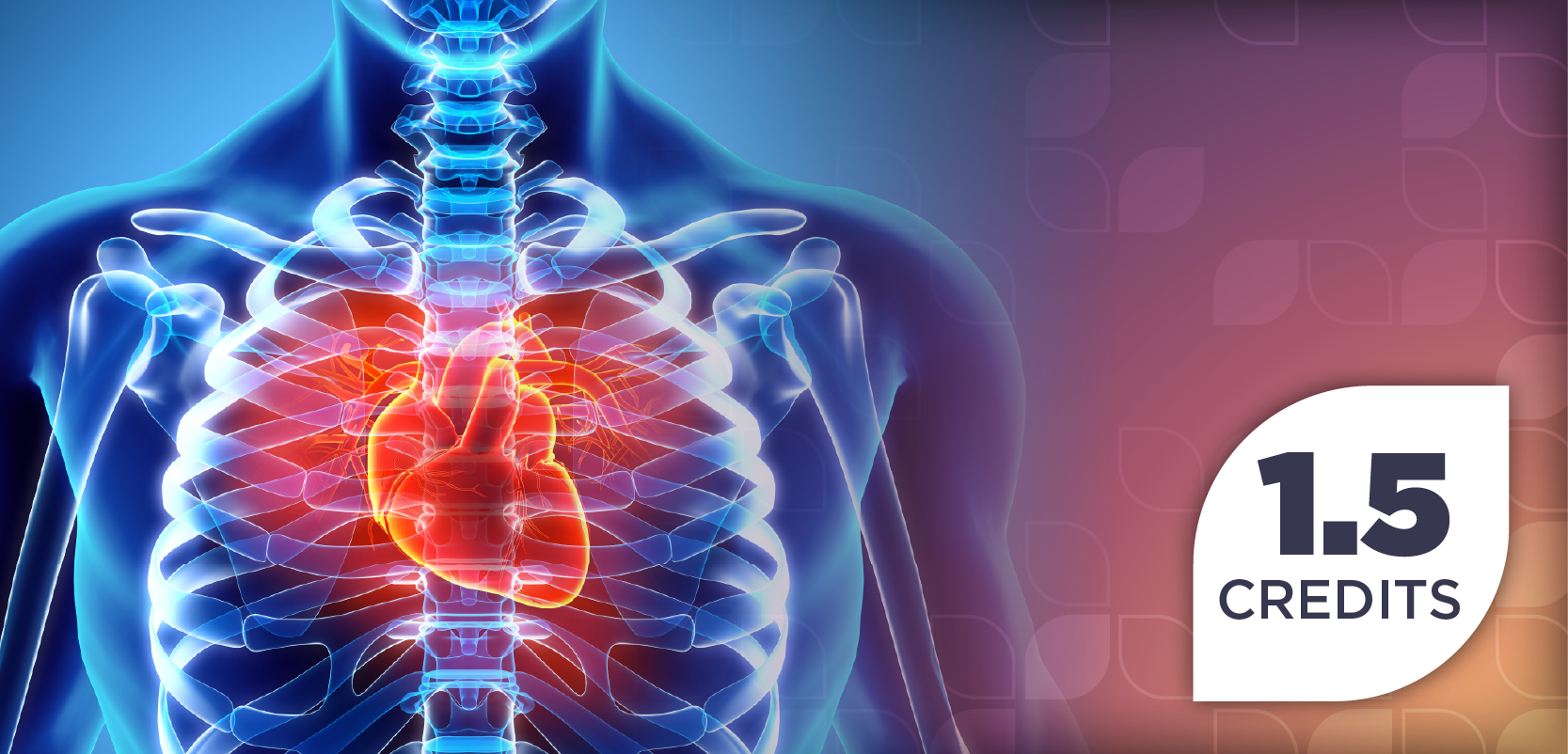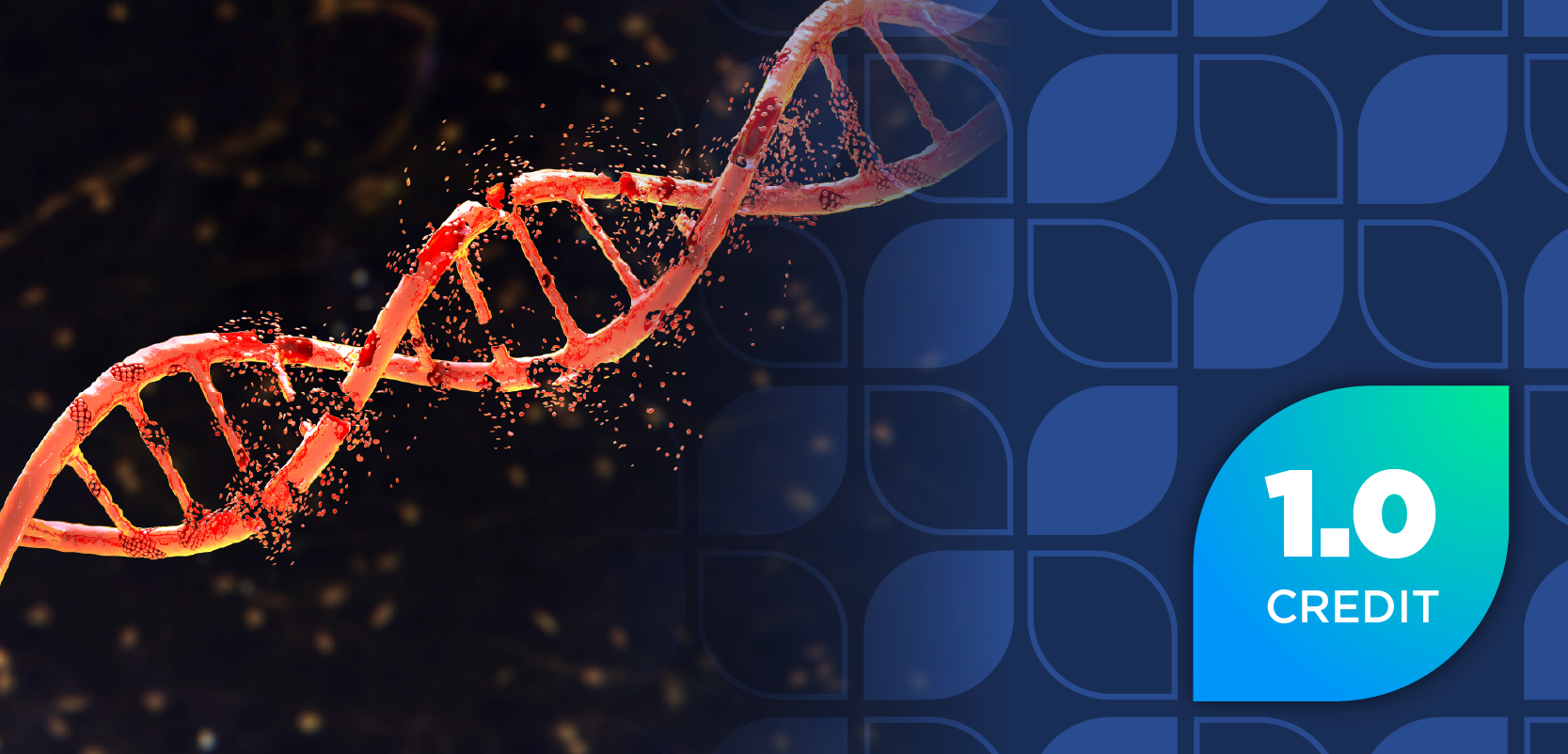
- Volume 0 0
Case Studies
Dr. Schlesselman is an assistant clinical professor at the University of Connecticut School of Pharmacy.
CASE ONE
TG, a fourth professional?year pharmacy student, iscompleting an experientialrotation at a resort infirmarypharmacy. A first-professional-year pharmacy studentapproaches the pharmacycounter, asking what OTCproduct TG would recommend to alleviate her sunburn. TGnotices that the student has visible first-degree sunburn onher face. She also has second-degree blisters on her armsand legs. When TG questions her about the sunburn, sheexplains that she developed the sunburn while there onvacation for spring break. She insists that she applied sunprotection factor 30 sunscreen each day and would reapplythe sunscreen throughout the day. She claims that she usuallydevelops a suntan easily and rarely burns.
With approval of the pharmacist, TG recommends the studentuse ibuprofen 3 times a day to alleviate her sunburn.When TG rings up the ibuprofen, the student asks if she canalso pick up her prescription, which was transferred here becauseshe wanted to stay a few days longer and did not bringenough medication. TG retrieves her prescription for doxycycline.
When TG asks if the student has been taking the doxycyclinewhile on vacation, she replies that she has faithfullytaken the prescription to control her acne. TG suddenly realizesthat the student's sunburn may be caused by the doxycyclinetherapy. When TG explains this, the student wants toknow if she should discontinue the doxycycline. How shouldTG respond?
CASE TWO
TH is a 35-year-old womanwho is newly diagnosed withtype 2 diabetes mellitus. Shearrives at the clinic for a follow-up appointment. Whilereviewing her chart, thepharmacist notices that bothof TH's parents have a historyof hypertension. Consideringthis family history, the pharmacist decides to checkTH's blood pressure. Her blood pressure is 140/80 mm Hg.The pharmacist knows that, according to the SeventhReport of the Joint National Committee on Prevention,Detection, Evaluation, and Treatment of High Blood Pressure(JNC 7) guidelines, the blood pressure goal for a patient withdiabetes is <130/80 mm Hg.
After initiating lifestyle changes to attempt to control herblood pressure, TH returns to the clinic for a follow-up visit2 months later. At this appointment, her blood pressure is138/88 mm Hg. The pharmacist is concerned that TH has notreached her goal blood pressure even though she is stillclassified as having prehypertension.
Is TH a candidate for medication therapy despite onlybeing classified as having prehypertension?
ANSWERS
CASE ONE:
Photosensitivity reactions are known to occur with doxycycline. Photosensitivity reactions appear to be phototoxic innature due to accumulation in the skin. These reactions are more severe and more frequent with demeclocycline, but photosensitivity can occur withtetracycline and doxycycline. Photosensitivity develops within minutes to hours after sun exposure. The primary treatment is discontinuance of doxycyclinetherapy. The reaction will persist 1 to 2 days after discontinuance of the causative agent.
CASE TWO:
TH is a candidate for medication therapy because she has diabetes. According to the JNC 7 guidelines, patients with prehypertensionwho also have diabetes and/or kidney disease should be considered candidates for appropriate drug therapy if a trial of lifestyle modification fails toreduce their blood pressure to 130/80 mm Hg or less.
function showAnswer() {document.getElementById("answer").style.display = 'block';document.getElementById("link").style.display = 'none';}
Articles in this issue
over 17 years ago
can you READ these Rxs?over 17 years ago
WOMEN'S HEALTH WATCHover 17 years ago
ASTHMA WATCHover 17 years ago
HYPERTENSION WATCHover 17 years ago
ARTHRITIS WATCHover 17 years ago
compounding HOTLINEover 17 years ago
DIABETES WATCHover 17 years ago
A Robotic Touch?Automating Your Pharmacyover 17 years ago
pharmacy TECHNOLOGY productsover 17 years ago
Read Back Helps Avoid Errors with Sound-alike MedicationsNewsletter
Stay informed on drug updates, treatment guidelines, and pharmacy practice trends—subscribe to Pharmacy Times for weekly clinical insights.

